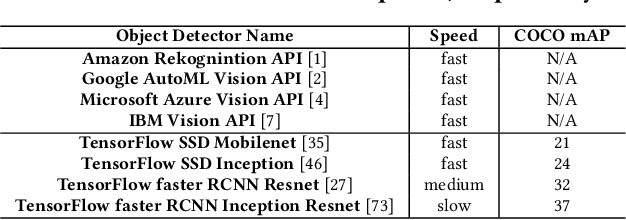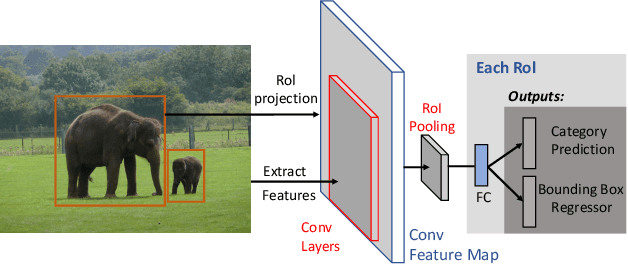Metamorphic Testing for Object Detection Systems
Paper and Code
Dec 19, 2019



Recent advances in deep neural networks (DNNs) have led to object detectors that can rapidly process pictures or videos, and recognize the objects that they contain. Despite the promising progress by industrial manufacturers such as Amazon and Google in commercializing deep learning-based object detection as a standard computer vision service, object detection systems - similar to traditional software - may still produce incorrect results. These errors, in turn, can lead to severe negative outcomes for the users of these object detection systems. For instance, an autonomous driving system that fails to detect pedestrians can cause accidents or even fatalities. However, principled, systematic methods for testing object detection systems do not yet exist, despite their importance. To fill this critical gap, we introduce the design and realization of MetaOD, the first metamorphic testing system for object detectors to effectively reveal erroneous detection results by commercial object detectors. To this end, we (1) synthesize natural-looking images by inserting extra object instances into background images, and (2) design metamorphic conditions asserting the equivalence of object detection results between the original and synthetic images after excluding the prediction results on the inserted objects. MetaOD is designed as a streamlined workflow that performs object extraction, selection, and insertion. Evaluated on four commercial object detection services and four pretrained models provided by the TensorFlow API, MetaOD found tens of thousands of detection defects in these object detectors. To further demonstrate the practical usage of MetaOD, we use the synthetic images that cause erroneous detection results to retrain the model. Our results show that the model performance is increased significantly, from an mAP score of 9.3 to an mAP score of 10.5.
 Add to Chrome
Add to Chrome Add to Firefox
Add to Firefox Add to Edge
Add to Edge